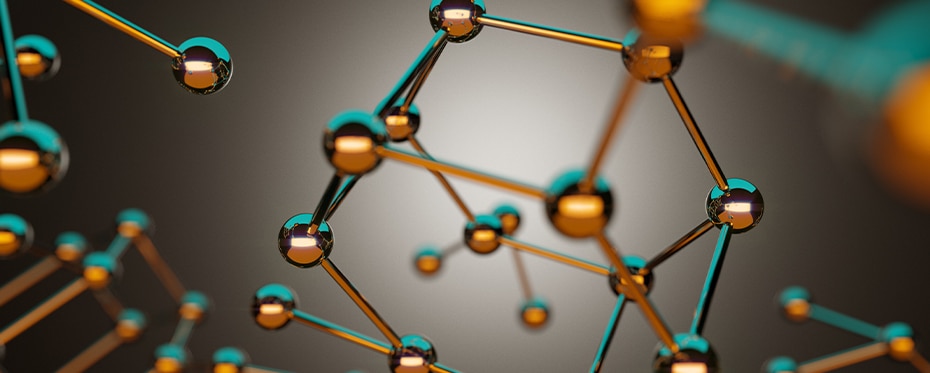Chemical bonding leads to introducing a chemical bond between two or more molecules, atoms or ions, ultimately leading to a chemical compound. These chemical bonds in the related compound are what usually keeps the atoms connected. The beneficial force that ties together various components and stabilizes them by the complete energy loss is chemical bonding.
The stronger the bond between the components, the more stable the compound is. The product formed would lack stabilization if the constituent’s binding energy is low and would possibly undergo another reaction to provide a more stable chemical substance containing stronger bonds. Atoms continue to lose their energy to find stability.
Types of chemical bonds
If substances participate in chemical bonding to give compounds, the resulting material’s stability can be determined by the form of chemical bonds it includes. The type of chemical bonds formed varies in characteristics and strength. There are four primary forms of chemical bonds to produce compounds that are given below.
Ionic bond
The ionic bond is the electrostatic attraction force that ties together the two ions that are oppositely charged. A chemical bond is formed between two atoms by the complete transfer of one or more electrons from one atom to another, resulting in the atoms approaching their corresponding inert gas configuration.
Examples:
- NaCl compound
- CaCl2 compound
Covalent bond
By equal sharing of electrons from both the participating atoms, a covalent bond is formed. The pair of electrons involved in this kind of bonding is referred to as a bonding pair or shared pair. Sharing of bonding pairs can guarantee that the atoms obtain stability identical to the atoms of noble gases in their outer shell.
Elements with very high ionization energies cannot shift electrons, and elements with very low electron affinity will not pick up electrons. Atoms of these elements appear to share their electrons with atoms of other elements or with atoms of the same element in a way as to give octet configuration to both atoms in their corresponding valence shells and thus obtain stable structure.
Examples:
- HCl
- CO2
Polar bond
In nature, covalent bonds can be either polar or nonpolar. In polar covalent chemical bonding, the more electronegative atom pulls the electron pair nearer to itself and farther from the less electronegative atom and electrons are unequally shared.
Example:
H2O
Hydrogen bonding
Hydrogen bonding is a weaker type of chemical bonding compared to ionic and covalent bonding. It is a form of polar covalent bonding among oxygen and hydrogen in which the hydrogen forms a partial positive charge. It means the electrons are pulled closer to the atom of oxygen that is more electronegative.
Example:
Hydrogen bonding in alcohol
Bond Energy
Bond Energy or average bond enthalpy is a quantity that provides insight into a chemical bond’s strength. In a compound the bond energy can be viewed as the average amount of energy needed for one such chemical bond to be broken. The bond energy of a chemical bond is thus directly related to the bond’s stability.
While studying bond energy, many questions arise: What is the primary difference between bond dissociation energy and bond energy? Is binding energy is positive or negative? And many more.
Importance of binding energy
Bond energy gives insight into a chemical bond’s capacity and, thus, the chemical compound’s stability. In order to break any bond, bond energy is required. Even though the word bond energy sounds simple, Bond energy plays a major role in understanding a molecule’s structure and features.




